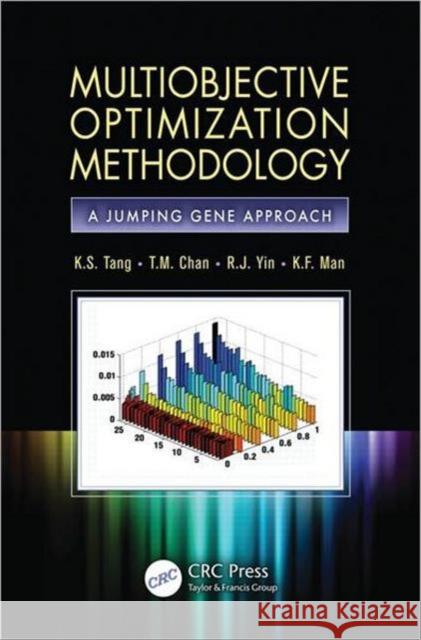Multiobjective Optimization Methodology: A Jumping Gene Approach » książka
Multiobjective Optimization Methodology: A Jumping Gene Approach
ISBN-13: 9781439899199 / Angielski / Twarda / 2012 / 279 str.
Multiobjective Optimization Methodology: A Jumping Gene Approach
ISBN-13: 9781439899199 / Angielski / Twarda / 2012 / 279 str.
(netto: 601,45 VAT: 5%)
Najniższa cena z 30 dni: 627,63
ok. 22 dni roboczych
Dostawa w 2026 r.
Darmowa dostawa!
The first book to focus on jumping genes outside bioscience and medicine, Multiobjective Optimization Methodology: A Jumping Gene Approach introduces jumping gene algorithms designed to supply adequate, viable solutions to multiobjective problems quickly and with low computational cost. Better Convergence and a Wider Spread of Nondominated Solutions The book begins with a thorough review of state-of-the-art multiobjective optimization techniques. For readers who may not be familiar with the bioscience behind the jumping gene, it then outlines the basic biological gene transposition process and explains the translation of the copy-and-paste and cut-and-paste operations into a computable language. To justify the scientific standing of the jumping genes algorithms, the book provides rigorous mathematical derivations of the jumping genes operations based on schema theory. It also discusses a number of convergence and diversity performance metrics for measuring the usefulness of the algorithms. Practical Applications of Jumping Gene Algorithms Three practical engineering applications showcase the effectiveness of the jumping gene algorithms in terms of the crucial trade-off between convergence and diversity. The examples deal with the placement of radio-to-fiber repeaters in wireless local-loop systems, the management of resources in WCDMA systems, and the placement of base stations in wireless local-area networks. Offering insight into multiobjective optimization, the authors show how jumping gene algorithms are a useful addition to existing evolutionary algorithms, particularly to obtain quick convergence solutions and solutions to outliers.











